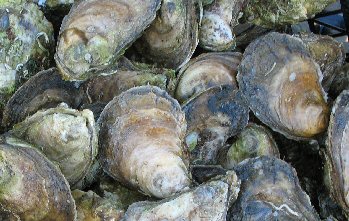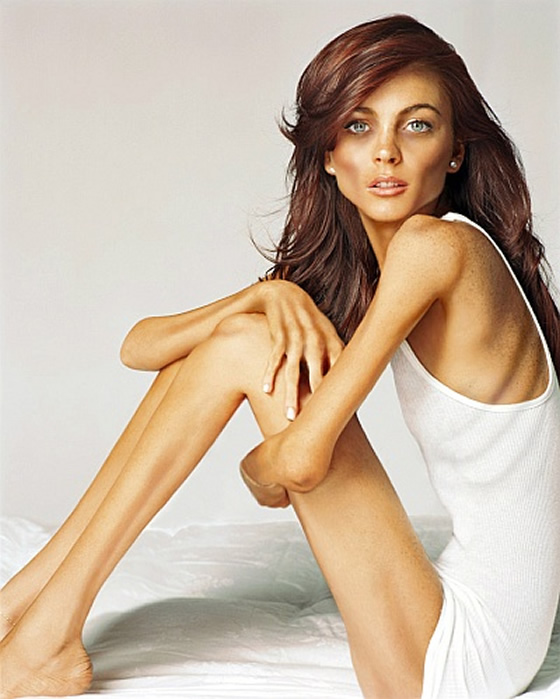For Inquirer columnist Rick Nichols, food is just the beginning of writing about food
By Mallimalika Gupta
Rick Nichols starts his day with a bowl of freshly made Irish oatmeal. He grinds the oats, toasts some pecan and walnuts and adds them into the mix. Then, some maple syrup made by friends in Vermont, a dash of cinnamon from Vietnam (“It is the best cinnamon there is.”), and just a tiny bit of milk.
For lunch, Nichols will sample three different kinds of oysters – a Wellfleet, Chinqueteague and Penniquid, have a bowl of fish chowder, and a little toasty roll stuffed with fried Ipswich belly clams. Over the course of the day, Nichols will also eat Chaat at an Indian restaurant, sample spring rolls and nibble on grape leaf-covered beef, among other items on the BBQ platter at a Vietnamese restaurant.
At Sansom Street Oyster House in Philadelphia, Nichols tips open a deep-cut Wellfleet oyster from his plate. He takes the top off, cuts the muscle. Holding on to the bottom cup of the oyster ever so delicately, he tips it into his mouth, taking in the salty, protein-y liquid with a slight whoosh sound. “It’s like drinking the ocean”, he says.
Rick Nichols is food columnist for Philadelphia Inquirer and drinking the ocean is part of his job.
For someone who writes, talks, thinks and breathes in food, Nichols is not very interested in the actual “food” part of his job. “It’s not what’s on the table,” he explains, “It’s who’s around it.” For Nichols it’s the baker that kneads his dough, the soup maker who cuts the carrots for his soup, and the elementary school children who grow mint leaves for a chocolate shop. It is the people and issues connected to food that matter to him.
From Sansom Oyster House, Nichols walks to the Inquirer office on North Broad Street, the one that is, as he puts it, “white like a wedding cake”.
Continue reading →


 lettuce and raw vegetables, the salad contained a few extra ingredients.
lettuce and raw vegetables, the salad contained a few extra ingredients.
 shared their experiences of growing up as Asian-Americans.
shared their experiences of growing up as Asian-Americans.